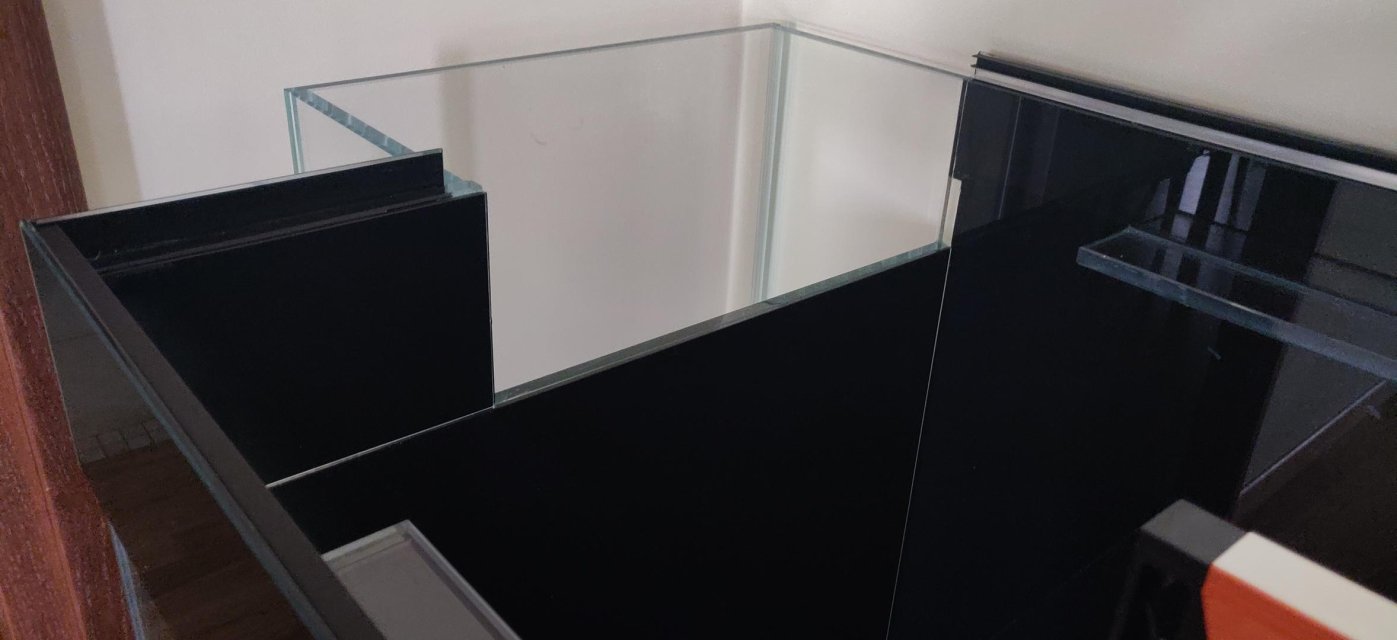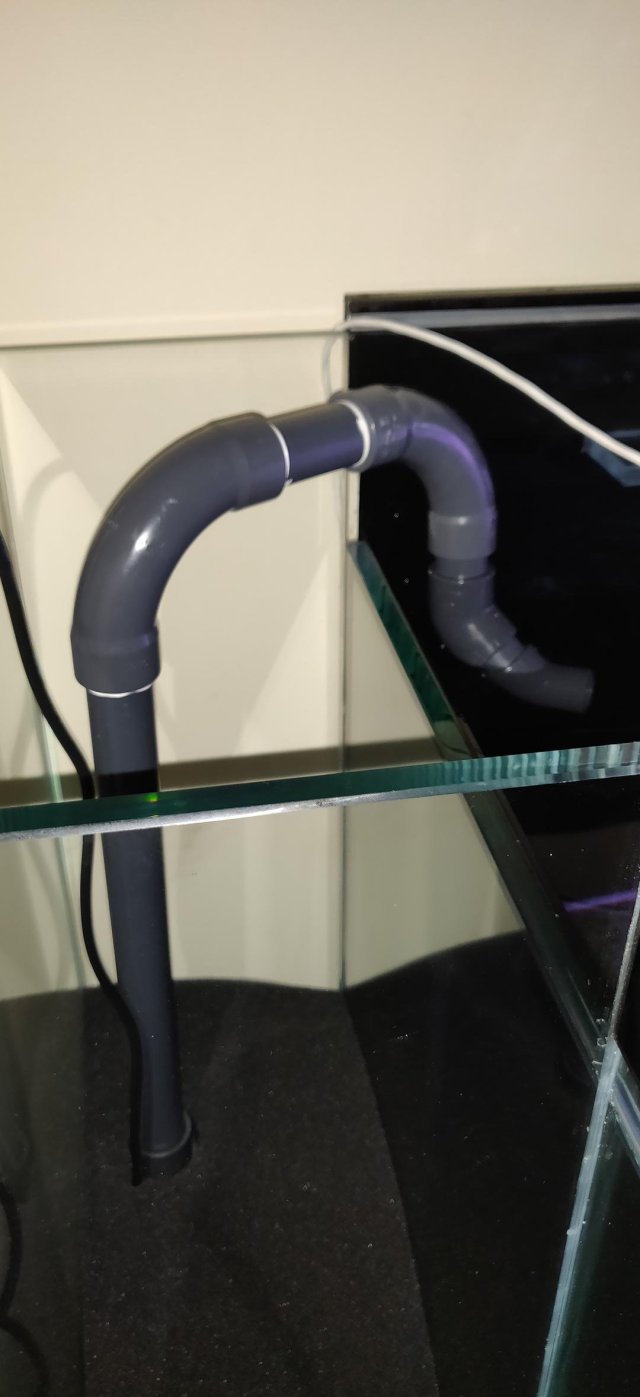View attachment 1568643View attachment 1568644View attachment 1568645
Shorter piping → lower pressure drop → weaker pump needed → less noise and lower energy consumption.
True, although I susect the increased pressure drop caused by about 3 feet more pipe is likely tiny.
Why? On the other hand, if a leak does occur (a possibility with either method), repairing it on an undertank sump would be less of a hassle than doing so on your side-mount, which would require dropping the water level in the tank below the level of the overflow.
A filter positioned at the aquarium level means no energy wasted lifting water, and no need to adjust valves to reduce noise.
Although I think that the energy difference is negligible here, I completely agree about the noise aspect. My method simply overflows water from the tank into a vertical mechanical filter beside the tank, through which it flows before entering the sump. It makes for easy access for the frequent cleaning of the first mechanical stages that I like to do, but...it can be noisy. This can't be cured with valves, either; the sound comes from the water directly gushing out of the overflow and into that top mech chamber. Being deaf as a post

, I am not bothered by this.
It could be solved by simply running the overflow down directly into the undertank sump and then adding valves as you say, and I have a couple of acquaintances who do it that way. Adjusting a valve a few times to get the sound level you accept doesn't seem to be a huge task for them, and they haven't complained about it since getting it dialed in...but I don't need to bother with it, so can't say for sure.
Achieving the same efficiency with a traditional sump placed underneath would require 2–3 times more energy.
Yeah, sorry, getting the same gph flow rate by increasing pump power...just to overcome a head pressure difference of, say, 4 or 5 feet with an undertank pump versus 1 or 2 feet with the sidemount...would be nowhere even close to requiring that much more energy.
Yeah... the view is mesmerising...

It was at first; when younger, the girls spent as much time looking at the K1 as they did at the fish! But the novelty eventually wore off, and the first time they visited the fishroom and didn't run to see the filter I knew that the days of fluid media were coming to a close for me. It's primary benefit had vanished.

Your system is beautifully built, obviously works and benefits from being on display; I'm sure you enjoy seeing your handiwork doing its job. Mine is built without an eye towards aesthetics, obviously works and benefits IMHO from being out of view until I want to bend down to look at it; I enjoy not needing to see it otherwise.
Different strokes, different folks...

...denying that would not be
rational...





